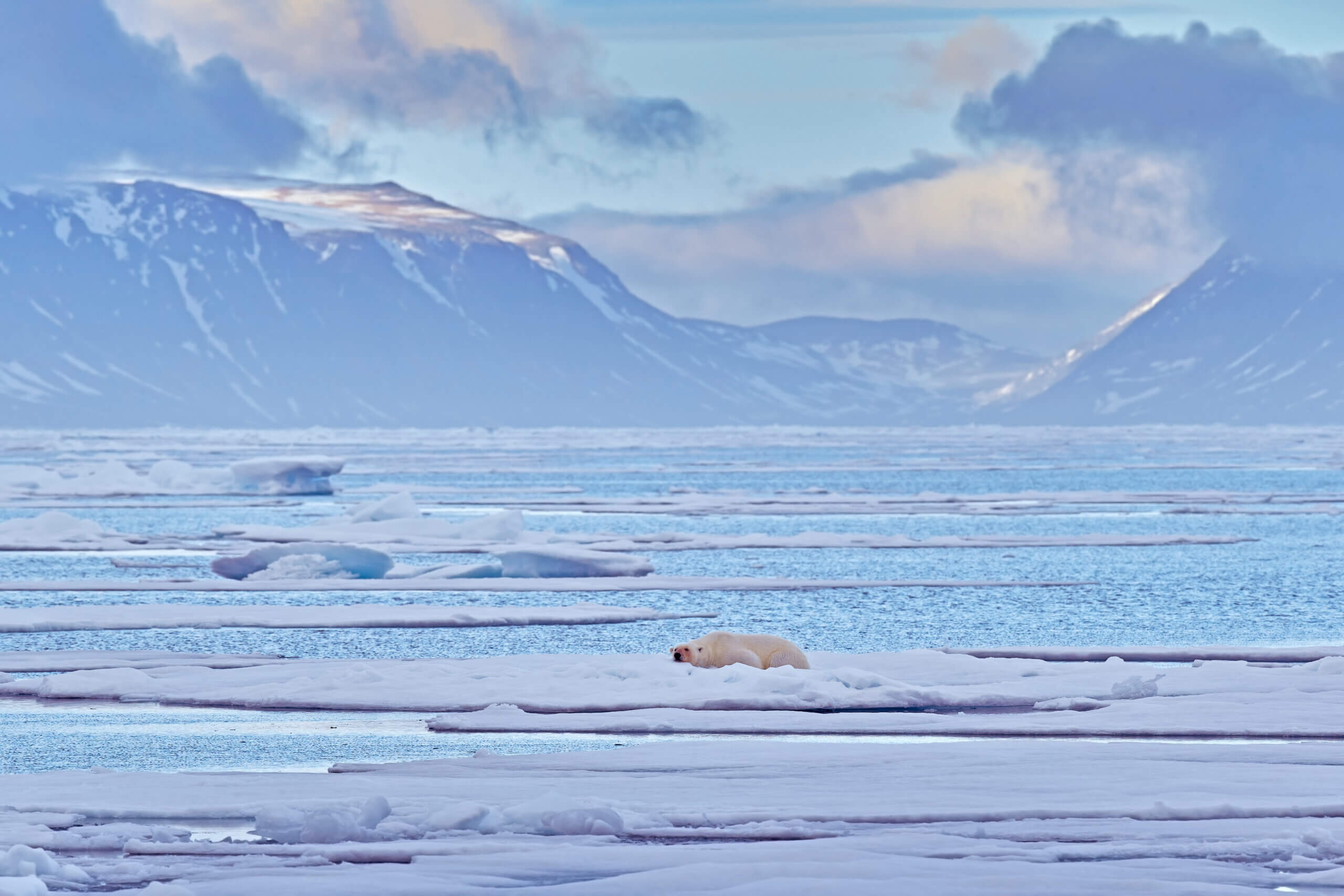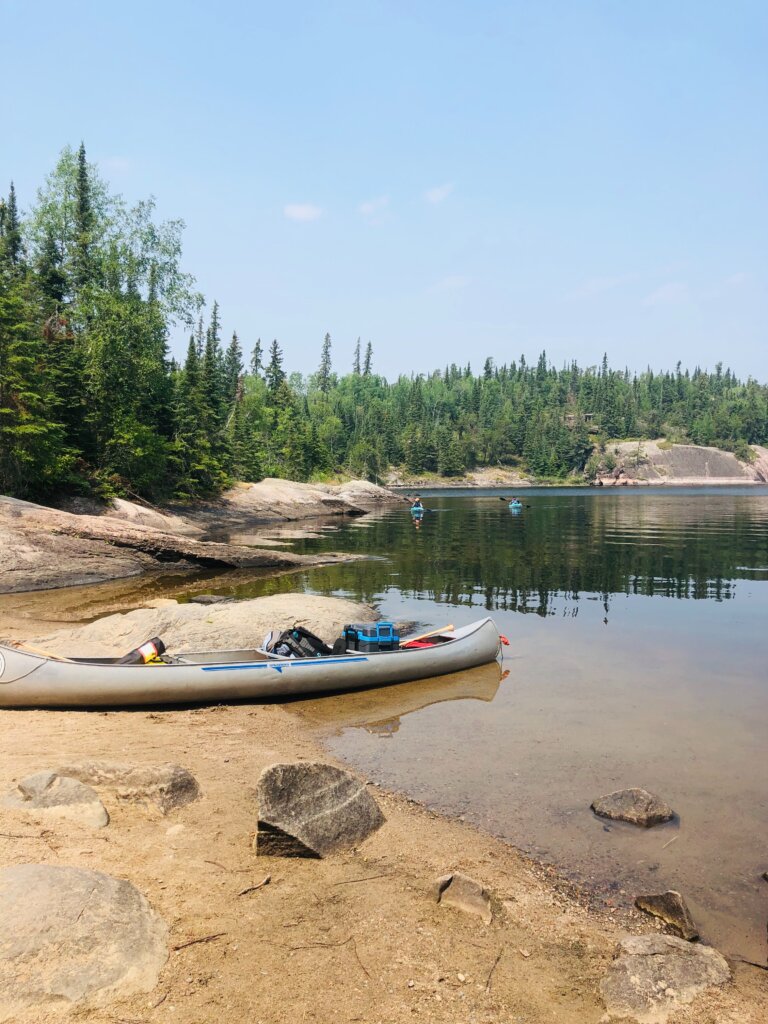*FYI - this post may contain affiliate links, which means we earn a commission at no extra cost to you if you purchase from them. Also, as an Amazon Associate I earn from qualifying purchases. Check out our Privacy Policy and Disclosure for more info.
From mountainous forests to Arctic plains, the province of Manitoba provides visitors with a variety of stunning natural landscapes to explore!
Manitoba is best-known for containing the polar bear capital of the world, but that’s not all there is to discover in Canada’s fifth most populated province.
In this post, we’ll be sharing our top picks for places to visit in Manitoba, including the most exciting cities as well as the prettiest rivers and lakes.
We hope you enjoy learning about this diverse region and be sure to let us know in the comments which Manitoba must-sees we should add to our list!
Churchill
Known as the ‘Polar Bear Capital of the World’, Churchill is #1 on our list of amazing places to visit in Manitoba.
Churchill is a town in the far north of Manitoba, on the shores of Hudson Bay. It’s one of the best places in the world to see polar bears in the wild, since these beautiful creatures start heading to the shores of Lake Hudson to take to the ice to hunt seals as soon as it starts to freeze.
In summer, once the ice thaws, the polar bears then head inland around Churchill, where land tours might enable visitors to see them lounging amongst flowers! The town of Churchill offers a variety of tours and polar bear viewing experiences, all from the safety of specialised vehicles. There are also strict guidelines on how many can operate in a day in order to help protect these magnificent bears.
Along with polar bears, Churchill is also a great base for spotting beluga whales during the summer months.
Pro Tip: the best time to guarantee sightings of polar bears are the months of October and early November, when they start to congregate close to shore while waiting for the ice to form!
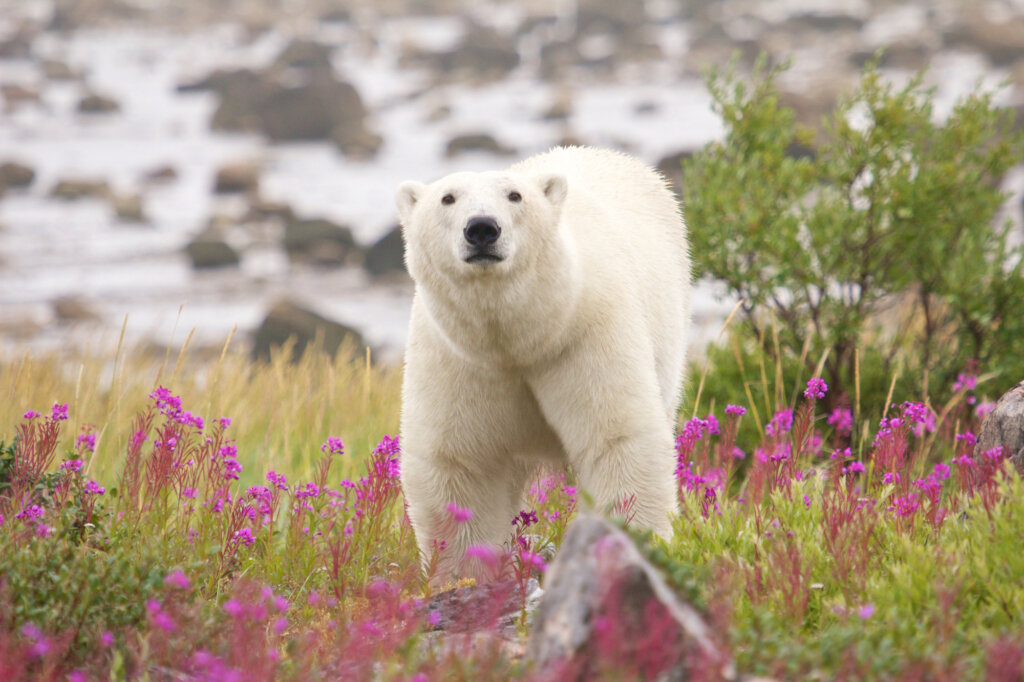
Winnipeg
As the capital of the province, the city of Winnipeg contains some of the most popular tourist places in Manitoba.
Winnipeg is located where the Red and Assiniboine Rivers meet and was a trading centre for Indigenous peoples for many years before Europeans even arrived on the scene. The first fort was built by the French in 1738 before a settlement was founded by the British in 1812.
Today known as the “Gateway to the West”, Winnipeg is a multicultural city which hosts many interesting festivals and is home to a variety of excellent attractions. A walk around “The Forks” (where the two rivers meet) is a must, as it’s filled with shops and restaurants, often featuring buskers as well as the famous Forks Market. You can even catch a water taxi to other parts of the city!
Other must-see places in Winnipeg include the Canadian Museum for Human Rights, which is an architecturally impressive building as well as an important museum. The Assiniboine Park Zoo (where there’s a polar bear from Churchill), the Manitoba Museum and the Manitoba legislative building (which might sound boring but is actually stunning) are all worth visiting too.

The Center of Canada
Not far from Winnipeg, on the Trans-Canada Highway, is a quirky little spot to stop for a photo, where there’s a sign marking the Center of Canada!
This site is located at the longitudinal center of the country, meaning it’s the middle of Canada from east to west but not exactly middle if you are also looking at latitude from north to south (that spot is located in Nunavut). Even so, stopping here on a road trip is a must to get a photo with the iconic sign.
For now there is simply a car park, the sign and usually a floral display of the Canadian maple leaf but there are further developments of the site planned so that it should only become more interesting as time goes on!
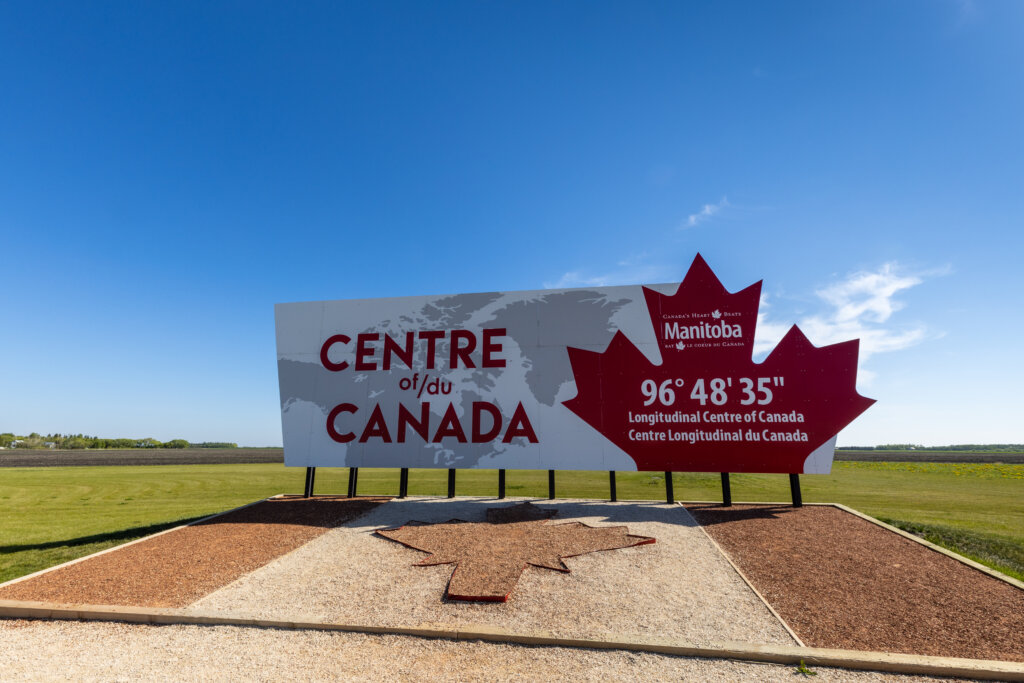
Gimli
In Norse mythology Gimli is the most beautiful place in the after life and we can see why the town of Gimli received that name as it’s definitely one of the truly nice places to visit in Manitoba.
The first European settlers in Gimli were from Iceland, which explains why it is named after a place form Norse mythology. The town retains this cultural heritage and also hosts an Icelandic Festival every year which is definitely worth seeing if you can time your visit for the first weekend in August.
During the festival traditional Icelandic foods, artwork and jewellery is available to buy while there’s a re-enactment of Norse battles each day.
At any time of year the Gimli Pier is a must-see, known for the Gimli Seawall Gallery, a 298 meter long cement wall displaying 72 murals depicting the history of Gimli. The town’s harbor is also the largest one within Lake Winnipeg and the original lighthouse is now another tourist attraction.
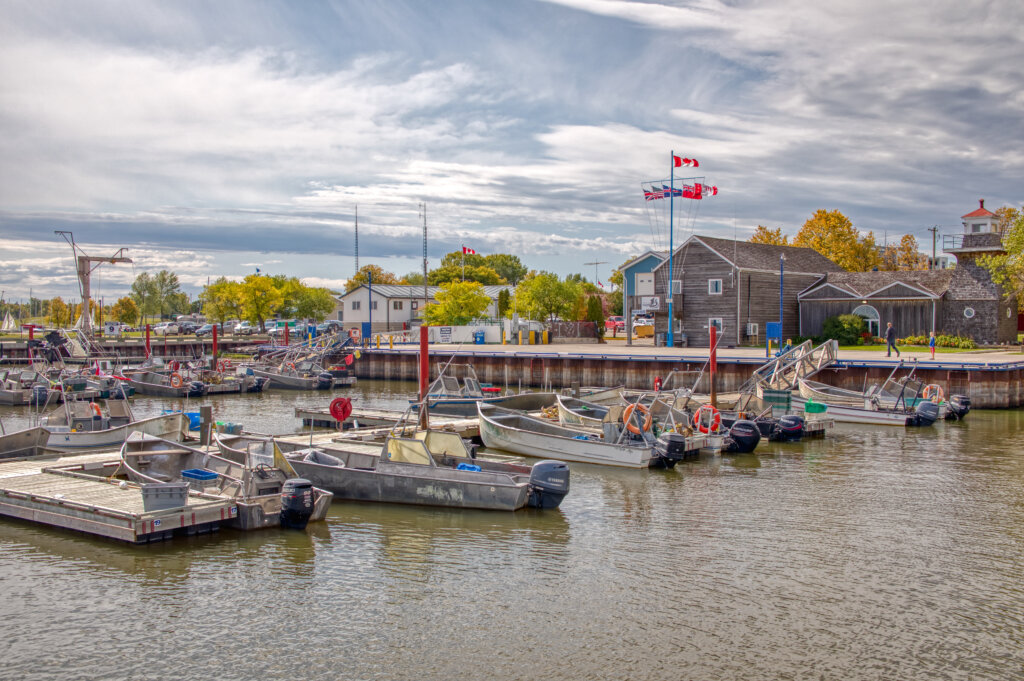
Sara the Camel
When it comes to unusual Manitoba places to visit you can’t go past the 17-foot high camel statue in Glenboro known as Sara the Camel!
The town of Glenboro is located six miles south of the Spruce Woods Provincial Park which contains a desert-like area known as the Spirit Sands (more on this in a moment). Sara the Camel is a symbol of the Spirit Sands and local community of Glenboro, created by George Berone in 1978.
Weighing more than a ton, Sara was transported to her current location in two pieces before being reassembled and mounted on her concrete base. This bronze dromedary sculpture is a quirky must-see during any road trip through Manitoba!
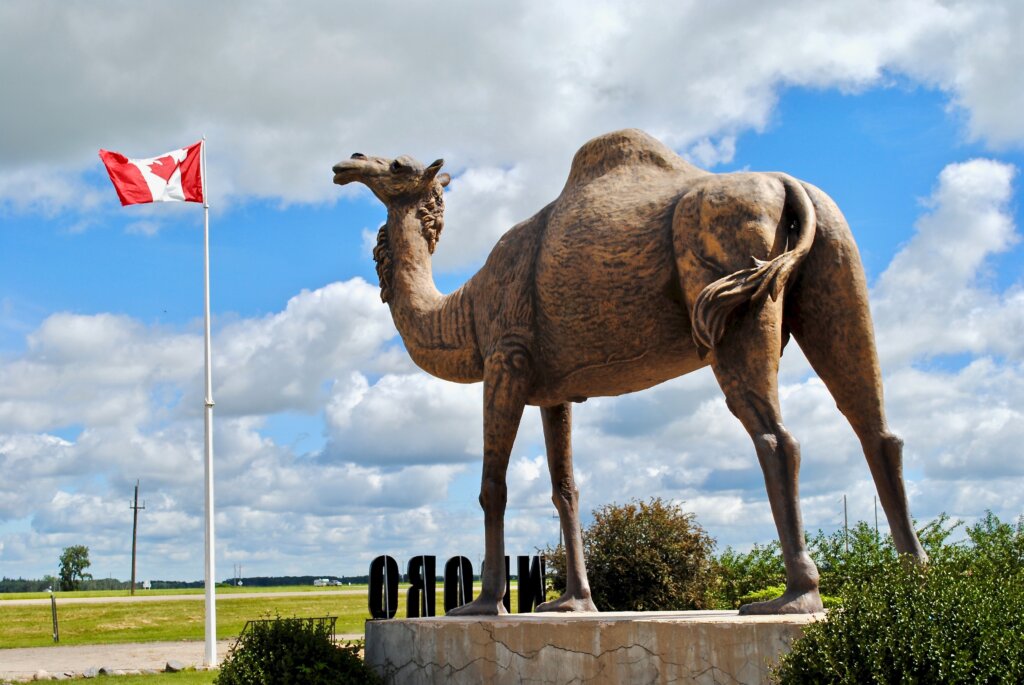
Spruce Woods Provincial Park
Manitoba might be home to polar bears in the north but it also contains a desert-like area within the Spruce Woods Provincial Park in the far south of the province.
This park is located where the Assiniboine River passes through a delta area of sediment which was caused by glaciers. While not a true desert, this area contains stable sand dunes (meaning they don’t shift) which in turn provide habitats for many plant and animal species that aren’t found anywhere else in Manitoba.
The sand dune area of Spruce Woods Provincial Park is known as the Spirit Sands, where the dunes rise 30 meters above the surrounding prairie. Within the Spirit Sands there’s also a unique spring-fed pond known as the Devil’s Punch Bowl, while hiking and horse-riding trails allow visitors to explore this ecologically rare landscape.
Lake Winnipeg
One of the best vacation spots in Manitoba is Lake Winnipeg, which has its most southern end about 55 kilometers north of the city of Winnipeg.
Locals from the city of Winnipeg often talk about “going to the coast” for holiday, although they mean the shores of Lake Winnipeg rather than any oceanic coastline! Lake Winnipeg is the sixth-largest lake in Canada, covering an area of 24,514-square-kilometers (9,465 square miles) and thousands of kilometers of white, sandy beaches.
On the eastern shore of Lake Winnipeg are the boreal forests of Pimachiowin Aki, a UNESCO World Heritage Site which encompasses the ancestral homes of four different First Nations. The towns and accommodations around the shores of Lake Winnipeg are also fairly affordable, so many people flock to the beaches for summer holidays of swimming, sunbathing and kite-surfing.
The area is also worth visiting in winter, when warm-weather activities give way to snow-kiting across the lake and Nordic skiing. Fishing is also popular at any time of year.
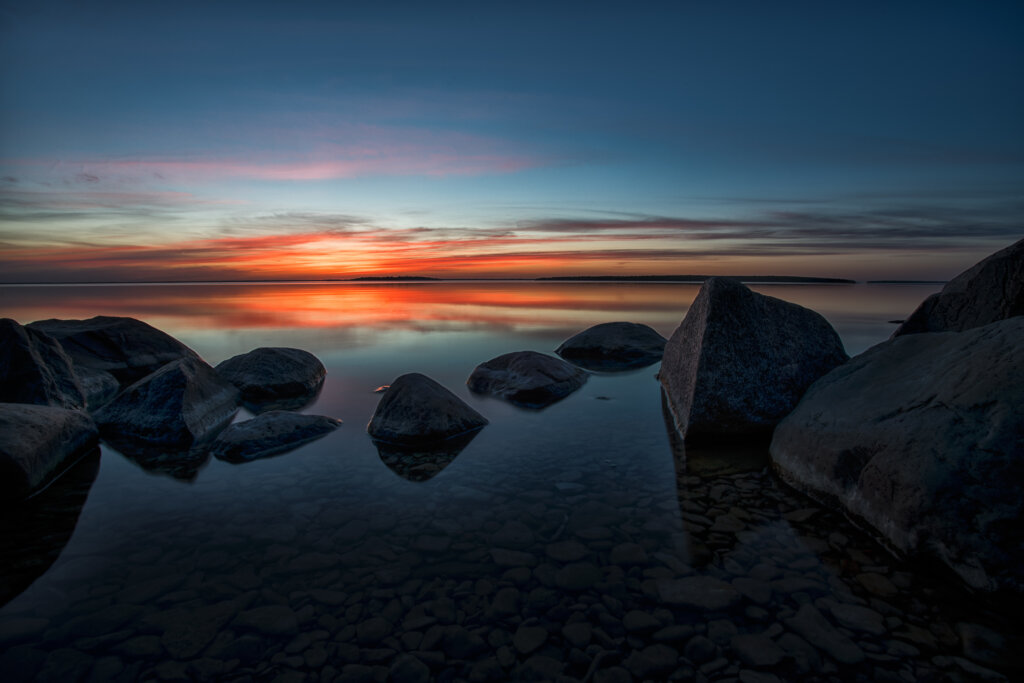
Pisew Falls Provincial Park
One of the best places to visit in Manitoba for epic sights is the Pisew Falls Provincial Park and its formidable waterfall.
The word Pisew means lynx in the local Cree language, and it was named this because the hissing sound of the falls slightly resembles the hiss such a big cat might make!
The Pisew Falls is a stunning sight, where the waters drop 13 meters (42.7 feet) into the waters below before making a sharp turn and speeding through the rest of the gorge.
One of the most interesting aspects of these falls is that they don’t freeze over, even when winter temperatures drop to -45 degrees Celsius! There are viewing platforms for visitors to view the falls and perhaps local wildlife such as otters, bears, wolves and cougars. Do be careful though, as the ground can be slippery and the current is swift. This is not a spot for swimming!

Riding Mountain National Park
Riding Mountain National Park is definitely one of the best places to go in Manitoba if you want to see a wide variety of wildlife.
Covering an area of 2,969 square kilometers (1,146 square miles), the Riding Mountain National Park contains three distinct eco-systems that converge in one place; grasslands, upland boreal and eastern deciduous forests.
These different areas are home to many living creatures, from bears to packs of wolves, lilies to orchids, lakes and wetlands. Other animals one might encounter while exploring the park are elk, coyotes, deer, moose, beavers, lynx and cougars. It’s a particularly good place to spot black bears, as the park contains one of the largest populations of black bears in North America.
You can explore the park via camping, hiking, biking, canoeing and kayaking in summer, while the winter months offer opportunities for cross country skiing or snowshoeing.
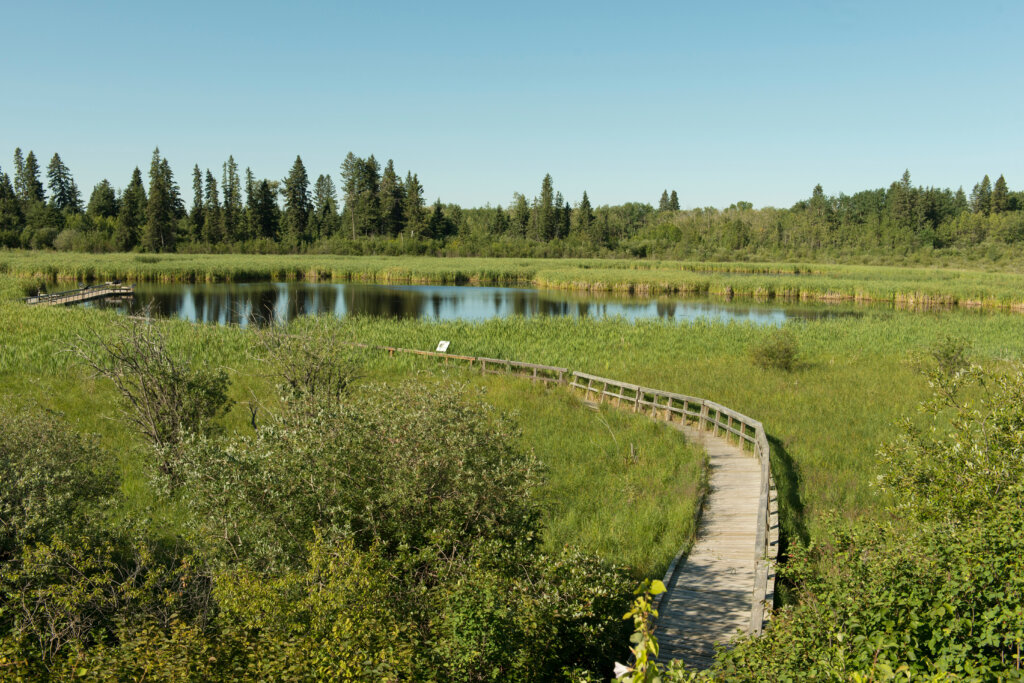
Pinawa Dam Provincial Park
Located on the Winnipeg River, the Pinawa Dam began operations in 1906 as the first hydro-electric generating station in Manitoba.
The dam was closed in 1950 so that the river could properly flow to the Seven Sisters Hydro Station built downstream. Today the Pinawa Dam Provincial Park is the area around the former dam, with a number of hiking trails to explore.
Any visit to the park should definitely include a hike to the ruins of the former dam, which is still mostly standing and which the Winnipeg River flows through, creating small waterfalls and rapids. The site also bears marks from when the Canadian Armed Forces used it for target practice after it was closed, but before the area was made into a provincial park.
The dam itself is an eerily beautiful example of man-made structures being reclaimed by mother nature!
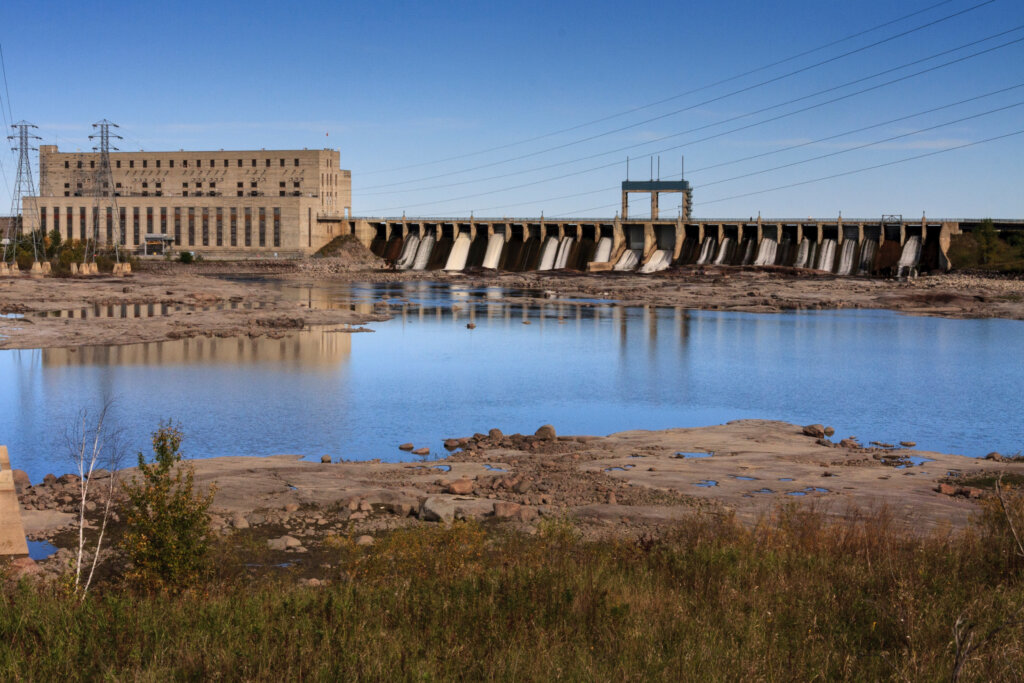
Whiteshell Provincial Park
Another Manitoba provincial park worth the trip is Whiteshell Provincial Park, located about 120 kilometers (75 miles) east of Winnipeg.
Whiteshell Provincial Park contains 13 main freshwater lakes that are easily accessible, as well as many more remote lakes. It’s not surprising then, that this area is very popular in summer, when the population swells from all the people who come to go camping, boating, kayaking, canoeing, sailing, fishing, swimming, hiking and cycling.
Many Manitoban locals own cabins or cottages in the area, and often refer to visiting during the summer months as “cottaging”. There are also rental cabins, lodges and resorts for those visitors who don’t own a summer residence but also don’t feel like camping.
Come winter time, the park offers opportunities for ice fishing, snowmobiling and snowshoeing. And for those looking to enjoy indoor activities, the Whiteshell Natural History Museum and Whiteshell Trappers Museum are both interesting to visit at any time of year.
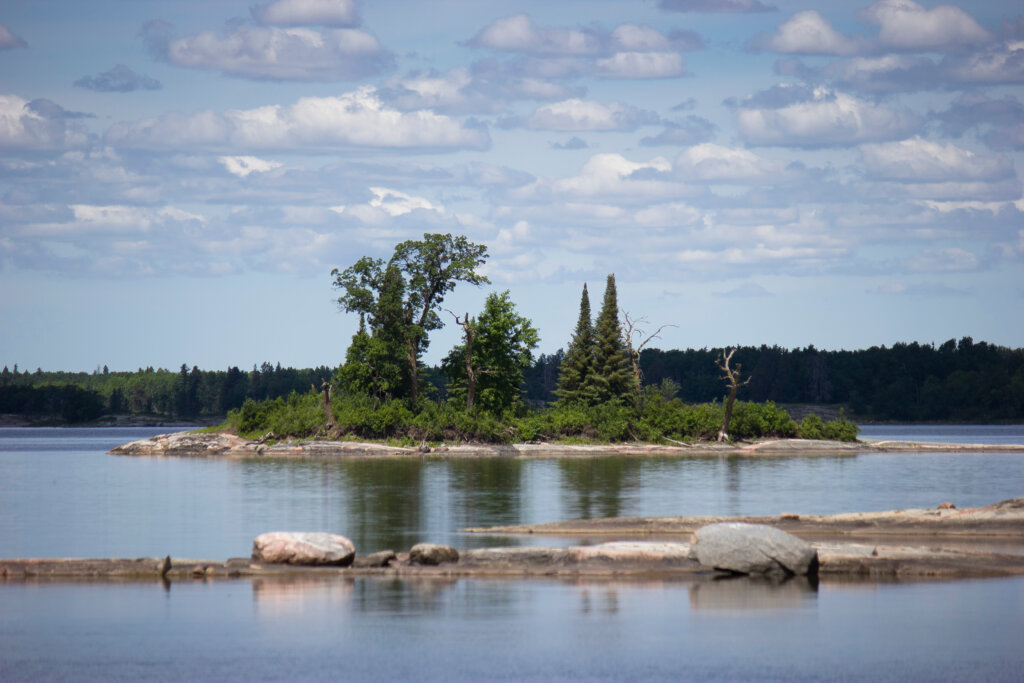
Hecla-Grindstone Provincial Park
While it might not be a province known for islands, the ones found within Lake Winnipeg in the Hecla-Grindstone Provincial Park make up some very cool places to visit in Manitoba.
Hecla-Grindstone Provincial Park includes Hecla Island, Black Island and a number of smaller islands within the lake, as well as the area located on the mainland peninsula along the west shore known as Grindstone. Hecla Island is almost the same size as the Grindstone peninsula, and connects to the mainland by a causeway.
This park is popular for hiking and cycling, with many trails offering picturesque vistas as a reward for your efforts. The beaches and pretty lighthouses are particularly busy in summer although this is a year-round destination with lots of fun winter activities as well.
Hecla Village is a must-visit while in the park, with its Icelandic heritage and a number of interesting museums outlining the unique history of the area.
Souris Swinging Bridge
The Souris Swinging Bridge is one of the star attractions in Manitoba and the longest swinging pedestrian bridge in all of Canada!
This bridge is located in the town of Souris and stretches 184 meters (604 feet) across the Souris River. The first bridge in this spot was constructed in 1904, although it was reinforced a number of times and then completely rebuilt after the floods in 1976 and 2011.
In 2013 the current bridge was re-built at a cost of $3.9 million, but with much better safety and durability features than before. It doesn’t swing as much as it used to but that just means you can spend more time enjoying the views and less time worrying about falling off!
Pro Tip: Head to the Plum Museum and Visitor Center in Souris for more info, images and videos of the bridge’s history.

Nopiming Provincial Park
If you want to experience some real remote wilderness in Manitoba, you will want to head to Nopiming Provincial Park.
It’s located on the eastern side of Lake Winnipeg and bordering the province of Ontario, in an area that’s mostly wilderness apart from a few small First Nations towns. Nopiming actually means “entrance to the wilderness” in the Anishinabe language, so it’s a great place to canoe and camp or spend time at one of three lodges within the park.
The landscape of Nopiming Provincial Park encompasses towering granite outcrops, hundreds of crystal clear lakes and forests filled with spruce, birch and poplar trees. Keep your eyes peeled for glimpses of moose, bear, woodland caribou and bald eagles while enjoying the feel of solitude in nature.
Little Limestone Lake
While it might be named for being small, Little Limestone Lake is actually the largest marl lake in the world and one of the most stunning Manitoba tourist attractions.
What makes Little Limestone Lake so interesting is that it changes color, from clear aquamarine to cloudy grey or bright blue during the course of a day. This is because of the marl, which is rich in carbonite and becomes calcite, which separates out of the water turning it a milky turquoise color, when temperatures are warm.
When temperatures drop, this calcite dissolves again to make the waters clear blue. The levels of this calcium carbonate-rich marl also change throughout the day, so the lake can appear to be a variety of different colors all during one short period. No matter when you visit though, it’s bound to be beautiful!
Did We Miss Any of Your Favourite Places to Visit in Manitoba?
Let us know on the comments so we can add more amazing spots to our list!
